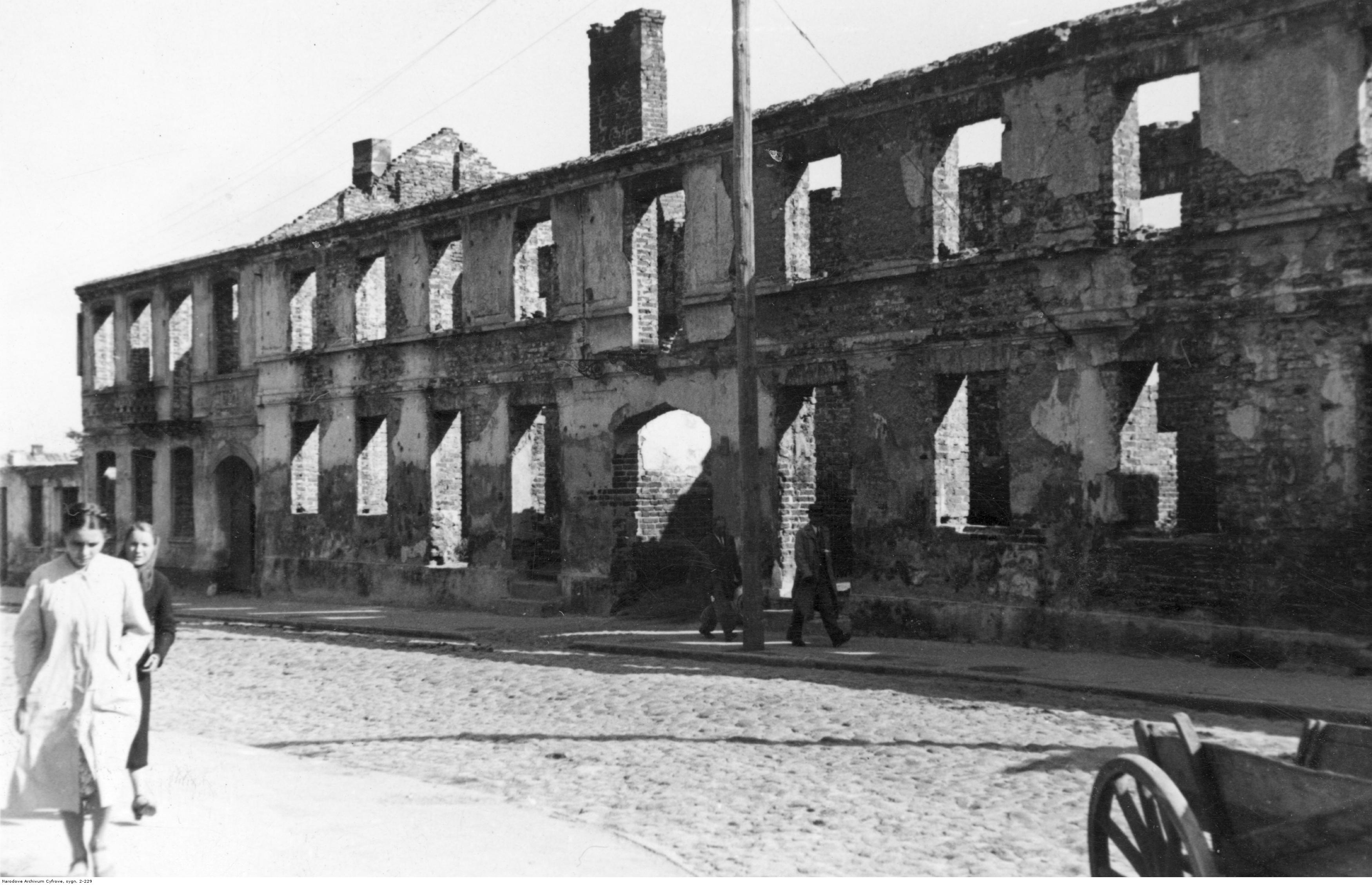True. I checked my sources, and it was indeed February. Sorry.
I accept your apology. It is nice of you.
Then tell my way the rubble of war is so cleanly removed?! The Polish source, which hosts the pic, also says 1950-1980.
True. I checked my sources and it was indeed still standing in early 1960. Sorry.
And in the case of Legnica the old town was still in pretty good shape, like the pictures suggest and the sources confirm.
Yes and no. The fact that walls look intact doesn`t mean that the house is so ready for renovation. Do you know what burnt out houses have inside? Nothing:

The Russian troops usually didn't care about urban management. It was mostly a Polish effort, in line with events in other parts of the recovered territories.
OK, so it was the effort of local Polish communist rulers. Satisfied? :):):) Do you know how communist system worked? :):):)
I'm not German,.
Doesn`t matter, if you want to complain about reconstruction, turn to Germans first.
and pointing out to the not so nice parts of the Polish history isn't complaining but a gentle push to accept the darker sides of history too.
You still need to study harder. What f.....g darker sides of Polish history are you talking about in case of reconstruction? :):)
Germans turned urban Poland into ruins, some of them were rebuilt in the original shape, some weren`t due to scarce resources which sentenced Prussian architecture in Legnica to annihilation.
I really don`t see your point.
Harry, on the whole I appreciate your posts and respect you as a reasonable poster. However, I must say that in this one you made a fool of yourself. Why are you doing this to me?
I hope you forgive me my sincerity. :):):)
The full version of one flight over ruined Warsaw is already available:
The most depressing view is the Old Town at 2:07 and Warsaw Ghetto district, literally razed to the ground at 2:25.
So, what darker sides of history are you talking about, Palicev?


